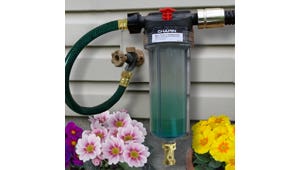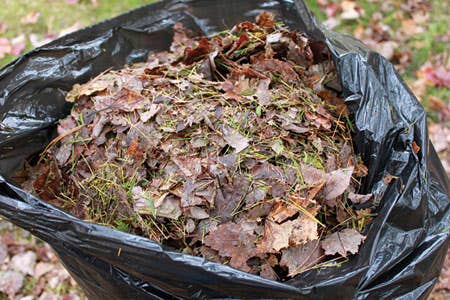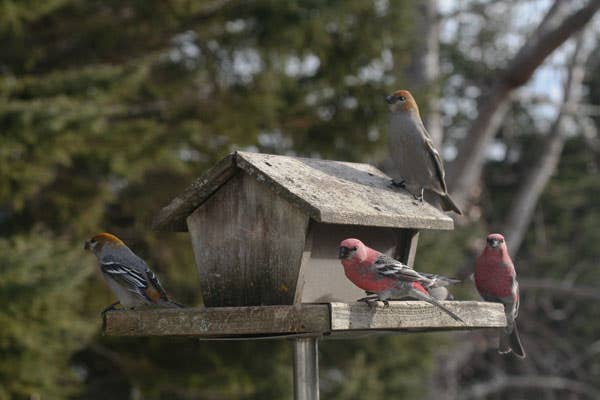Fall Perennial Gardening Basics 101
Your garden is still growing—especially your perennials. The steps you take now, in the fall garden, will provide for a more rewarding garden come spring. Now is the time to…
Your garden is still growing—especially your perennials. The steps you take now, in the fall garden, will provide for a more rewarding garden come spring. Now is the time to tend to your perennials and perennial beds.
- Fluff the mulch. Loosening the mulch not only improves water and air circulation–both critical to plant health–but it also gives you the opportunity to evaluate the condition and depth of the mulch. Thin, worn out mulch should be top-dressed before winter to protect roots, conserve moisture and contribute to the overall health of the underlying soil.
- Cut back or rejuvenate stressed perennials. Most perennials can be cut back, up to 3 inches from the surface (You want to avoid damaging the plant’s crown). After cutting back perennials, remove debris from the garden to minimize plant disease.
NOTE: Some perennials are selected specifically for winter interest and/or respond better to hard cutting in the early spring, rather than in the fall. Perennials to cut back in the spring include:
Grasses
Ferns
Coneflowers
Lenten Rose
Ginger
- One of the worse things gardeners can do is send plants into the fall and winter months in a drought state. It may not be warm out, but winds can still deplete plants of moisture and actively growing plants transpire water, heat or no heat.
Deadhead
Deadheading is basic plant grooming. By removing spent flowers, plants look better, unwanted seed dispersal is eliminated and, when done early in the season, may encourage a second flush of blooms. Come late fall, the foliage of some plants looks fine, but the flowers and flower stems are ratty and worn. I remove the entire flower stem of daylilies and hostas and comb out, with my fingers, yellowed and spent daylily foliage. The plants will be cut back hard after the first frost, but this early thinning of foliage and removal of flowers and stems keeps the plants looking fresh into the late fall.
{Horticulture’s free online Smart Gardening Workshops give you access to great garden speakers from the comfort of your own home. Check out our new courses for 2016!}







